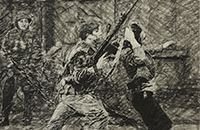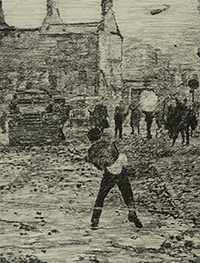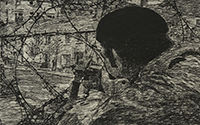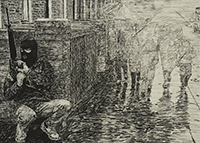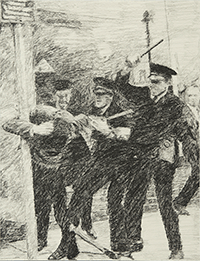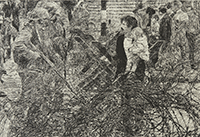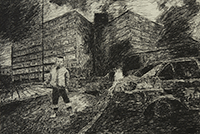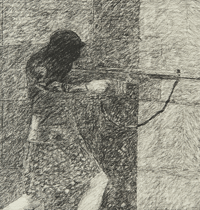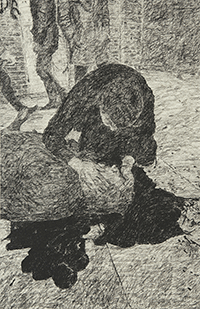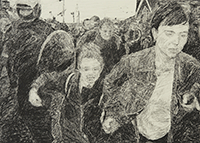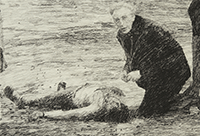A Troubled Youth
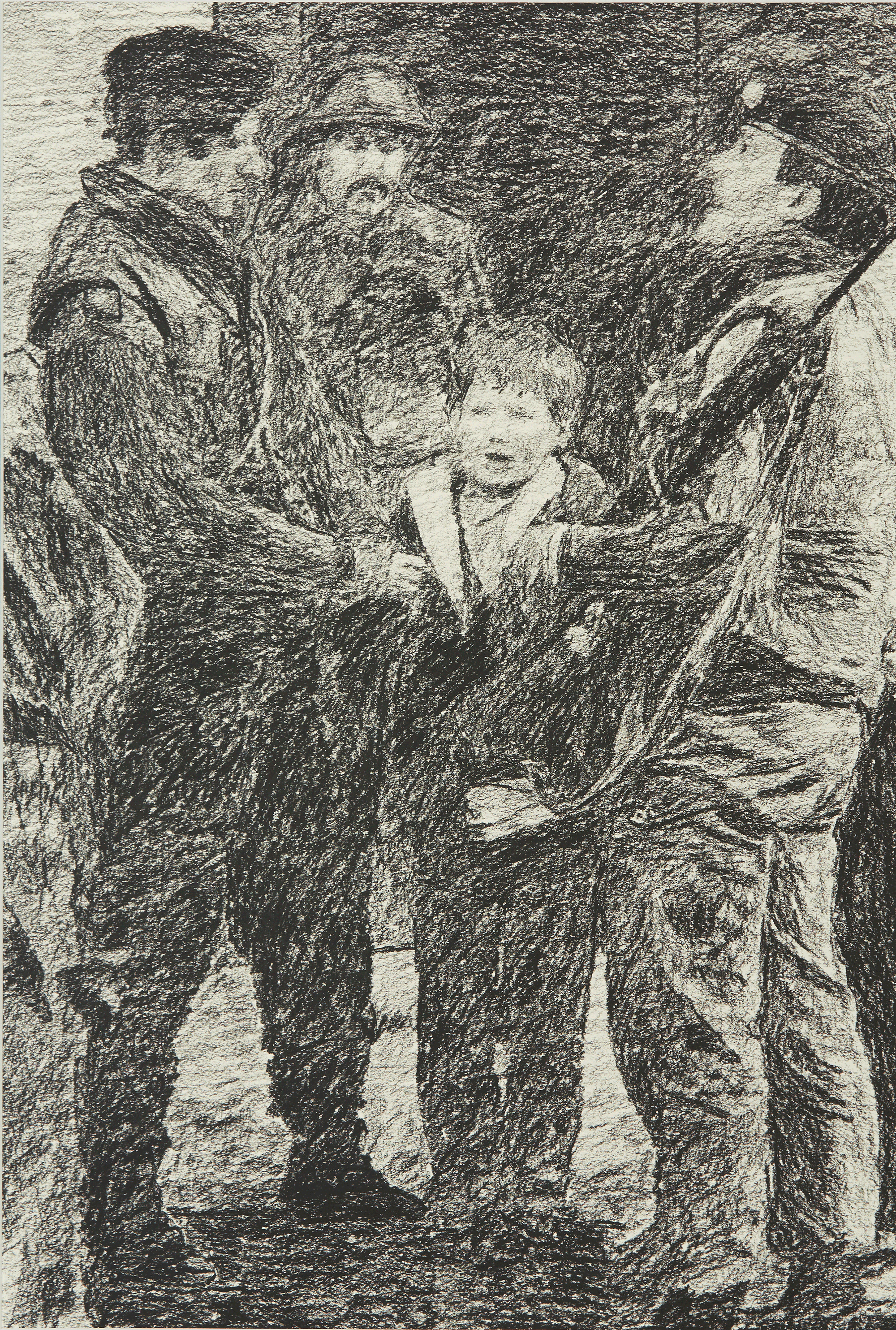
A Troubled Youth
Children and young people constitute the demographic most impacted by “The Troubles”. Between 1969 and 1998, 1,533 of those killed were under the age of 25, 257 of whom were younger than 18. Of all the casualties of “The Troubles”, about 25 percent were between age 18 and 23. Children like Patrick Rooney, Carol Ann Kelly, Stephen Geddis, and Francis Rowntree were killed or wounded by the police force and soldiers that were supposed to protect them. In other cases, children were collateral in incidents such as the McGurk’s Bar bombing. There were at least 10,000 bombings between 1969 and 1998, meaning that individuals born between the 1950s and 1990s would have grown up with the bombings as an ever-present threat to their own and their family’s safety. The full impact of psychological trauma suffered by those who grew up during “The Troubles” is still not fully understood, but according to a major international report in 2011, it was asserted that Northern Ireland has the highest recorded rate of post traumatic stress disorder in the world.
As riots and the the burning of homes in cities like Belfast and Derry occurred, many children were displaced from their homes. As the divides between Nationalists and Unionists intensified, many children and young people were segregated from their peers from different social backgrounds. Schools, youth organisations, and neighbourhoods were mostly segregated. 90 percent of children in Northern Ireland attend schools of separate faiths. Most children may go the length of school age without interacting with any children from a different community. Between 1970s and 1990s five percent or less of all marriages were of couples from different sides of the divide, meaning that the overwhelming majority of children would grow up with familial exposure from only one side of the divide.
Since children often learn through modelled behaviour, sectarian attitudes were learned early. Any children living near interface areas were constantly at risk and could not play in the streets of their neighbourhood without the constant presence of soldiers and checkpoints. Young people learned about their community’s social and cultural history through the lens of conflict and sectarianism. Paramilitary organisations had youth wings that groomed young people for fighting those in opposing ethno-political groups. Human Rights Watch reported that children from both Nationalist and Loyalist communities were often physically abused or harassed by RUC officers. Many children were raised while their fathers were in prison, frequently without trial. Several would have memories of their family members being arrested in raids of their homes during internment. Children of “The Troubles” would often grow up with little sense of naivety to the harsh realities of life in a heavily sectarian society.


